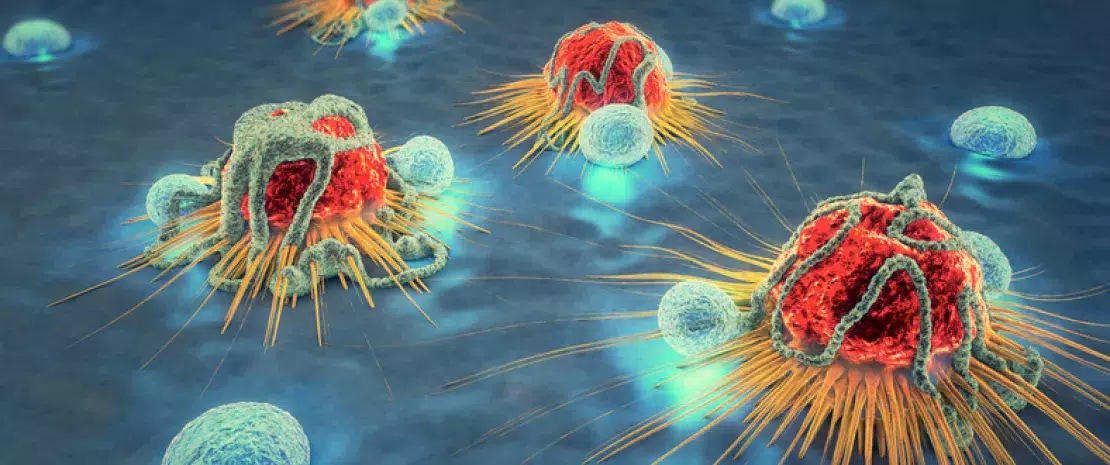Bacteria that deliver treatment to the heart of the tumor
Release molecules directly in the heart of the tumor to assist the immune response and facilitate regression: this is the challenge taken up by probiotic bacteria specially designed to reach their target, multiply and release their cellular content.
Sources
This article is based on scientific information

About this article
While immune checkpoint inhibitors (ICIs)–monoclonal antibodies directed against immune system checkpoints–have revolutionized cancer treatment, they only work in a small number of patients and can produce a multitude of unwanted side effects (e.g. fatigue, skin rashes, endocrine disorders and hepatotoxicity). In addition, although combinations of several inhibitors can prove more effective, they may have higher toxicity, hence the reluctance to use them. In order to provide a more localized, more durable, and less invasive therapeutic option, it is therefore crucial to improve their method of administration. Due to their colonization method and preferential growth within tumors, bacteria may prove to be an ideal solution to deliver these cancer treatments locally.
A single dose for a prolonged effect
With this in mind, a team designed probiotic bacteria capable of releasing blockade nanobodies locally. These target two membrane receptors–the lymphocyte receptor CTLA-4 and the tumor receptor PD-L1–involved in the defense mechanisms activated by the tumor to prevent T cells from attacking it. Specifically, a single intravenous or intra-tumoral injection transports these probiotic bacteria to the heart of the tumor, where they multiply to a critical density and destroy the tumor cells by effectively and continuously releasing therapeutic nanobodies into the tumor’s microenvironment.
Effective on even the most aggressive tumors
The research team subsequently injected the probiotic into murine models for lymphoma and colorectal cancer. For lymphomas, a single intra-tumoral or intravenous injection of the probiotic bacteria “carrying” the treatment proved more effective than standard immunotherapy, leading to a complete regression of the tumor and the prevention of metastasis in both early and advanced models. But what about cancers known to be more resistant to immunotherapy, such as colorectal cancer? A single intra-tumoral dose of a combination of nanobodies and a growth factor (GM-CSF, used to improve anti-tumor response) was enough to shrink the tumor without any side effects.
Bacteria: the ideal vehicle for the future?
This research should help advance immunotherapy by providing a “carrier”, i.e. bacteria, with many advantages: possibility of combination therapies; continuous production of therapeutic substances; minimized toxicity; localized treatment distribution close to control points; and of course, use among a larger number of cancer patients.







